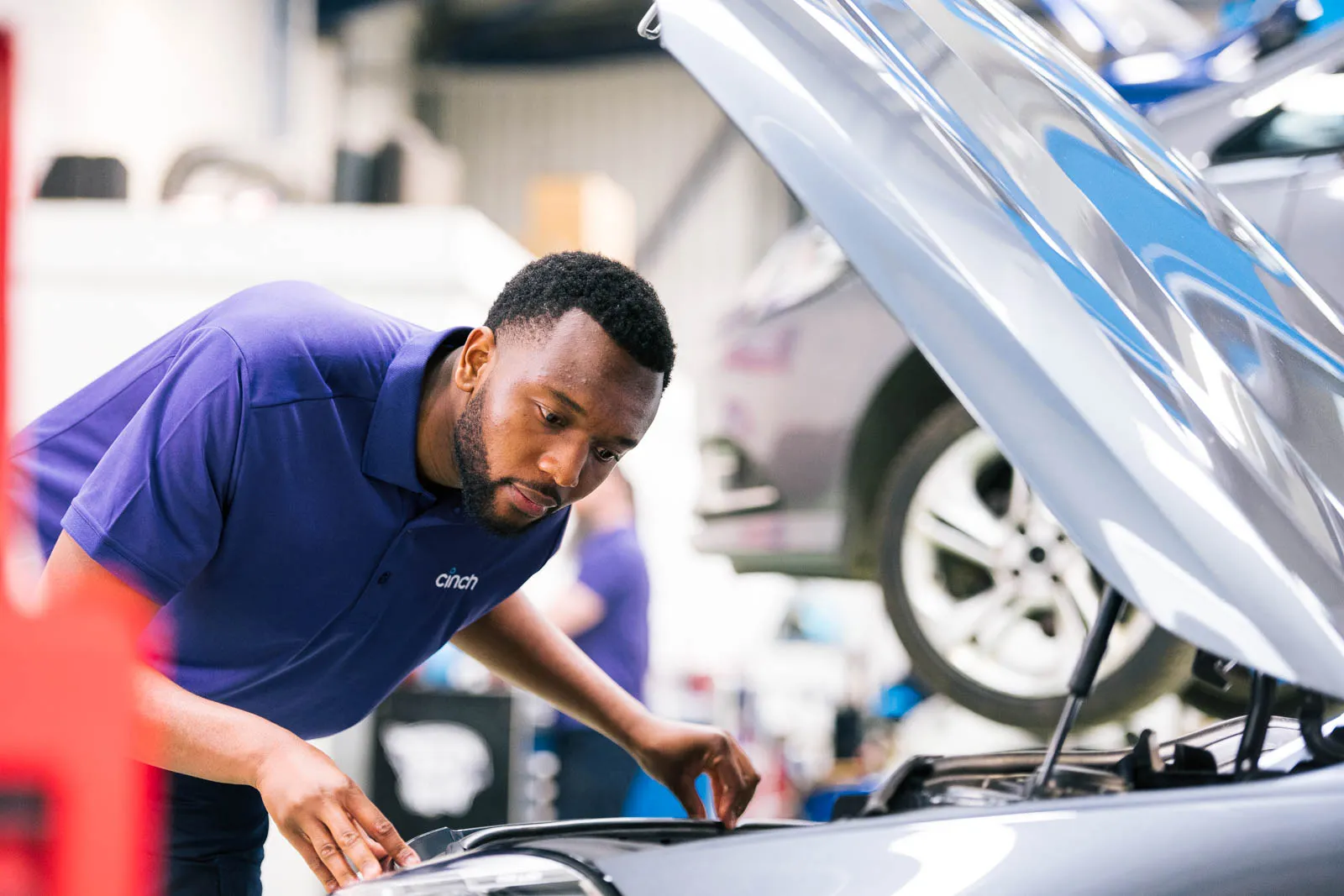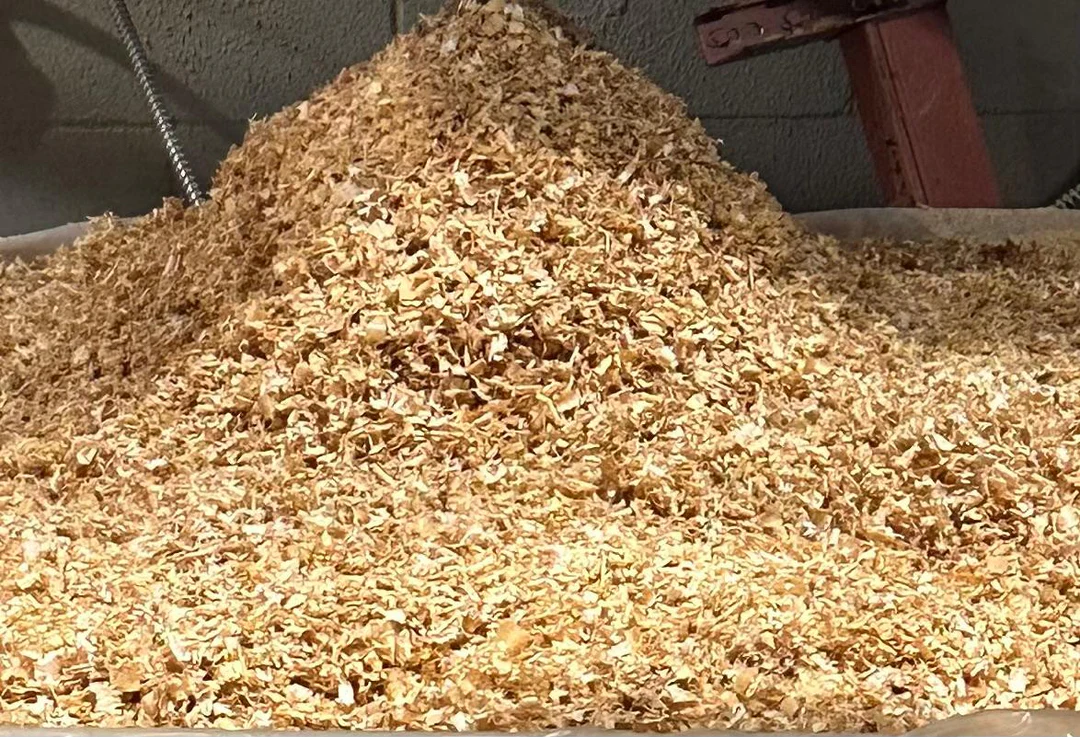The N54 engine is one of BMW’s greatest engineering achievements — a twin-turbo inline-six that delivers incredible power and responds brilliantly to tuning. However, with great performance comes responsibility. The N54 is capable of producing massive horsepower, but keeping it reliable requires proper maintenance, upgrades, and attention to detail. At Rvng RaceWorks, we’ve built, tuned, and maintained countless N54-powered cars, and we know what it takes to keep them running strong for the long haul.
Understanding the N54’s Strengths and Weaknesses
The N54 engine is built tough — forged crankshaft, strong connecting rods, and a closed-deck block make it an ideal foundation for high-performance builds. But like any performance platform, it has its quirks. Issues such as carbon buildup, oil leaks, and fuel pump failures are common if the engine isn’t maintained properly.
Despite these challenges, the N54 can easily last well over 150,000 miles with proper care, even when making double its factory power. The key lies in consistent maintenance, preventive upgrades, and quality parts.
Regular Maintenance — The Foundation of N54 Reliability
Oil Changes and Lubrication
The N54 runs hot, and turbochargers generate tremendous heat that can quickly degrade oil. Always use high-quality synthetic oil (BMW LL-01 approved, 5W-40 or 5W-30) and change it every 5,000 to 7,000 kilometers or roughly 3,000 to 4,000 miles. Regular oil changes prevent sludge buildup, reduce turbo wear, and keep your N54 performing at its best.
Cooling System Care
Overheating is one of the most common causes of engine failure. The N54 benefits greatly from upgraded cooling components. Replace your coolant every two years, check for leaks, and consider installing an upgraded radiator and larger oil cooler — especially if you’ve increased boost levels.
Spark Plugs and Coils
The N54’s ignition system needs regular attention. Replace spark plugs every 15,000–20,000 miles (use one step colder plugs if tuned) and coils every 30,000–40,000 miles. Misfires under boost are a common sign your ignition components need refreshing.
Common Problem Areas and Fixes
1. High-Pressure Fuel Pump (HPFP)
The HPFP is one of the N54’s most infamous weak points. Symptoms include long cranks, rough idle, and reduced power. Upgraded or revised HPFP units are now available and far more reliable. At Rvng RaceWorks, we always recommend replacing aging pumps proactively — especially for tuned setups.
2. Carbon Buildup on Intake Valves
Direct injection engines like the N54 don’t wash the intake valves with fuel, leading to carbon buildup over time. This buildup restricts airflow and causes rough idling or power loss. Walnut blasting every 40,000–60,000 miles keeps the intake system clean and airflow optimal.
3. Turbo Wastegate Rattle and Wear
Wastegate rattle is common on stock N54 turbos. While mostly an annoyance, it can indicate wear that leads to boost leaks. Replacing worn turbos or upgrading to hybrid units eliminates this issue and provides a solid performance boost.
4. Oil Leaks
Valve cover gaskets, oil filter housing gaskets, and oil pan gaskets are known weak spots. Over time, heat causes them to harden and crack. Replacing these seals early prevents oil loss and keeps your N54 engine bay clean and leak-free.
Preventive Upgrades for Long-Term Reliability
Oil Catch Can (OCC)
An oil catch can is a must-have for any N54 build. It prevents oil vapors from entering the intake system, reducing carbon buildup and keeping your valves cleaner for longer.
Upgraded PCV Valve
The Positive Crankcase Ventilation (PCV) system in the N54 can struggle under high boost. An upgraded PCV valve helps manage crankcase pressure and prevents oil from entering the intake tract.
Cooling and Oil System Enhancements
A larger oil cooler and upgraded radiator drastically improve the longevity of the N54, especially in hot climates or track use. Keeping oil temps below 250°F (120°C) ensures your engine stays in its safe operating range.
Reinforced Charge Pipes
The factory plastic charge pipes are a ticking time bomb under boost. Replacing them with aluminum charge pipes ensures no boost leaks and adds reliability to your N54’s pressurized system.
Maintenance Tips for Tuned N54s
A tuned N54 produces significantly more stress and heat than a stock setup. Follow these extra tips to ensure long-term performance:
- Monitor Boost and AFRs: Always log data after tuning to ensure the engine runs safely.
- Use Quality Fuel: Run premium 93 octane or higher. If using ethanol blends, ensure your fuel system supports it.
- Change Fluids Frequently: Transmission, differential, and coolant fluids should be replaced more often on modified cars.
- Inspect Regularly: Boost leaks, worn vacuum lines, and aging sensors can degrade performance. Regular inspections catch issues before they become expensive.
At Rvng RaceWorks, we recommend a proactive maintenance approach — treat your N54 like a performance engine, and it will reward you with years of reliable power.
Long-Term Driving Habits for Engine Longevity
Even the best-maintained N54 can suffer from poor driving habits. To keep your engine healthy:
- Allow your N54 to warm up before hitting boost.
- Avoid hard acceleration on a cold engine.
- Let the car idle for a minute after spirited driving to cool the turbos.
- Stick to consistent maintenance intervals and log data regularly if tuned.
These small habits dramatically extend turbo life and overall reliability.
The Rvng RaceWorks Approach to Reliability
At Rvng RaceWorks, we believe the N54 can be both brutally fast and incredibly reliable — as long as it’s built and maintained correctly. Our philosophy is simple: upgrade smart, maintain consistently, and monitor performance carefully.
We’ve seen stock N54s last well beyond 150,000 miles on tuned setups simply because the owners followed a proper maintenance plan. Every modification, from intercoolers to turbo upgrades, should be paired with a reliability mindset.
Conclusion
The N54 is a masterpiece of engineering that rewards those who care for it. Yes, it has its quirks — but with proper maintenance, preventive upgrades, and responsible driving, it can deliver supercar-level performance with daily reliability.



